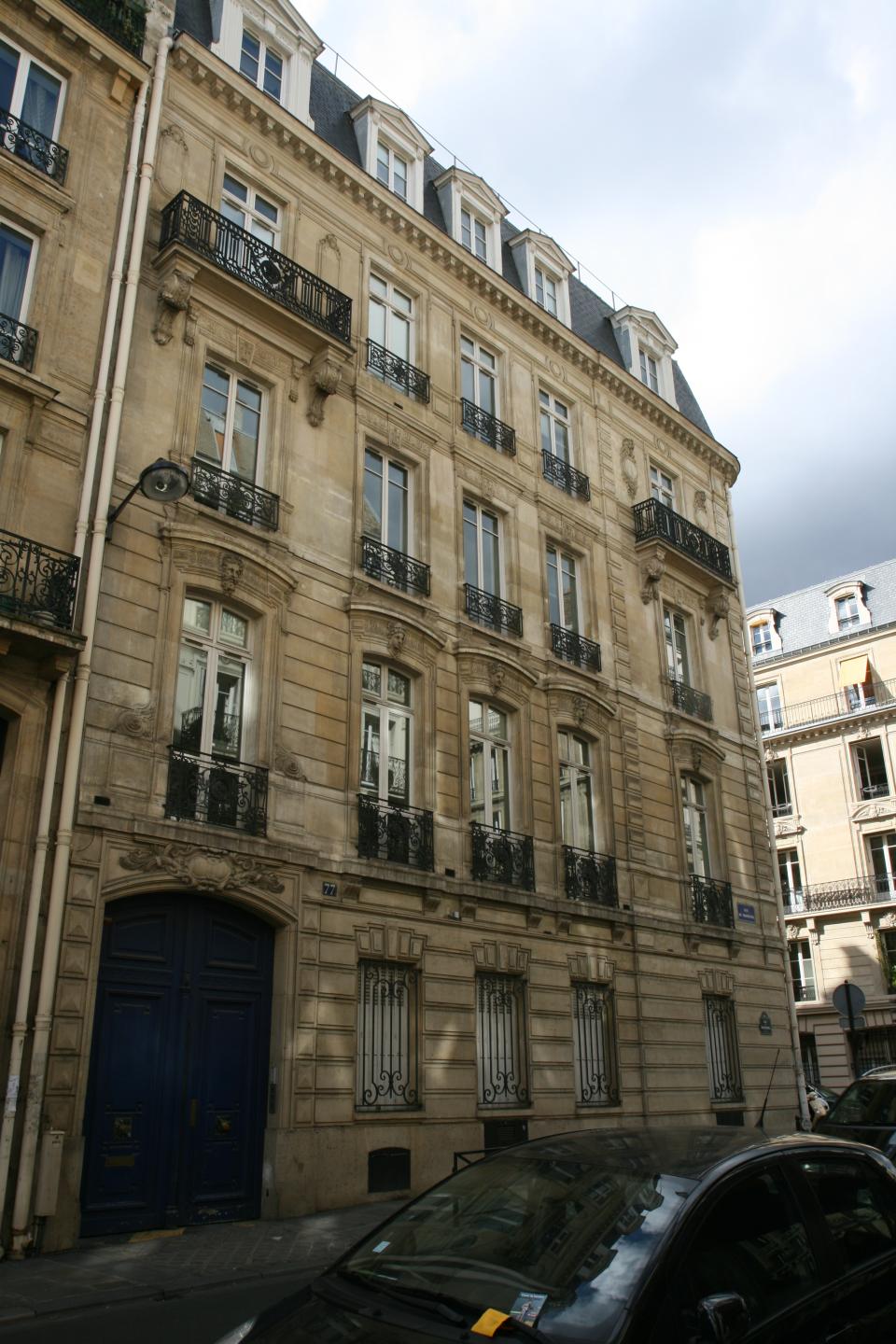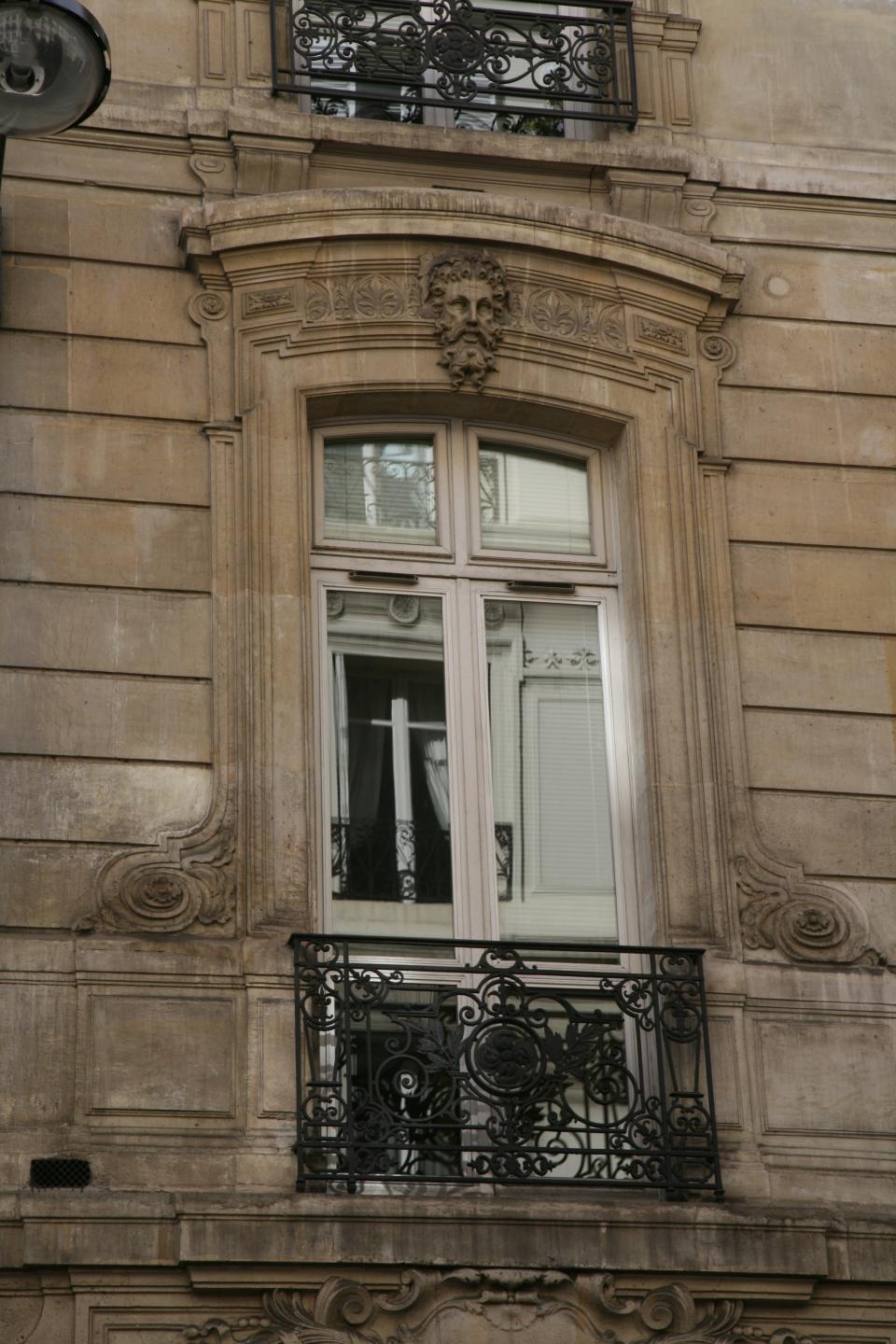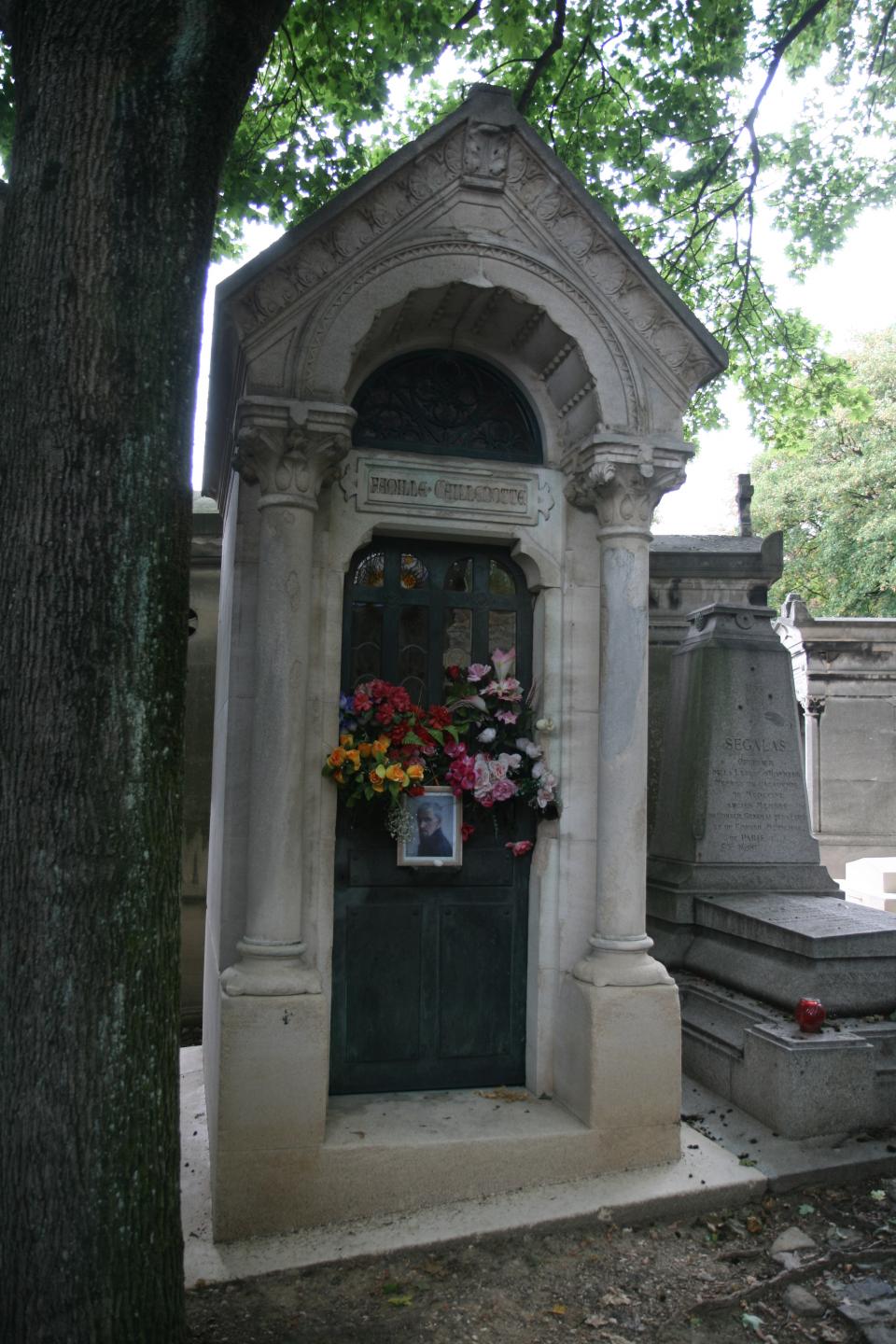Paris Street: Rainy Day
Gustave Caillebotte, 1877
Background
bourgeois
Studies
with Léon Bonnat; Ecole des Beaux-Arts (1873, Paris)
Career
1875 – Planing the Floor rejected by Paris Salon jury (exhibited at Second Impressionist exhibition in 1876)
1876 – begins exhibiting with the Impressionists at the invitation of Auguste Renoir
1877 – organizes Third Impressionist exhibition
1882 – exhibits at Salon des Indépendants (Paris)
1897 – exhibition of Caillebotte’s bequest of Impressionist paintings to the French State at the Musée du Luxembourg
Important Artworks
Planing the Floor, 1875 (Museé d’Orsay, Paris)
Le Pont de l’Europe, 1876 (Petit Palais, Geneva)
Documentation:
Michael Fried considers “absorption” an important aspect of Caillebotte’s art:
“I want to point out, first, that Caillebotte throughout his career was an intensely absorptive painter, and second, that Caillebotte’s exploitation of absorption must be seen as returning to, as deliberately resuming, a tradition (for want of a better word) that Manet’s paintings of the 1860s and after may be said, if not to have liquidated, at any rate to have radically called into question.”
“I take Caillebotte’s obsession with reflections and dazzle to be the marker or signal in his work of an overarching though also only partial allegiance to the ocular priorities of the art of the ‘core’ or landscape Impressionists around Monet. (Caillebotte being essentially a figure painter, this is tantamount to a desire to bridge the potential division between the landscapists and the figure painters within the larger group.)”
“At this juncture I want to accelerate my analysis by putting forward five large generalizations about Caillebotte’s project as I have come to understand it…
(1) Whatever else it may have involved, Caillebotte’s project was an attempt to return to –
more accurately, to recover – a certain realism of the body, the most forceful modern French expression of which was the art of Courbet, while remaining faithful to key premises of the ocular realism associated with Impressionism and also while taking into account of the the epochal if profoundly ambiguous fact of Manet's intervention....
(2)…Caillebotte’s art imagines a material or materialist Impressionism, perhaps in opposition to
what from an early date were recognized to be Impressionism’s idealist propensities, that is, its tendency as a matter of practice to define the ‘impression’ as an internal, necessarily subjective ‘event’ rather than strictly as the objective record of an external object or scene. …
(3)…Caillebotte throughout his career favored absorptive subjects of the sort that had been the staple of the Diderotian tradition from Greuze through Millet….
(4) Because of their divided, multiple commitments, Caillebotte’s paintings posit a complex, often seemingly conflictual relation to the beholder….
(5)…[T]here is a specific politics to several of his paintings.”
Michael Fried, “Caillebotte’s Impressionism,” Representations, no. 66 (Spring 1999): 10, 11, 16-21.
Readings
Distel, Anne. Gustave Caillebotte, Urban Impressionist. Exhibition catalogue. New York: Abbeville Press, 1995
Fried, Michael. “Caillebotte’s Impressionism,” Representations, no. 66 (Spring 1999): 1-51
Varnedoe, Kirk. Gustave Caillebotte. New Haven, CT: Yale University Press, 1987


